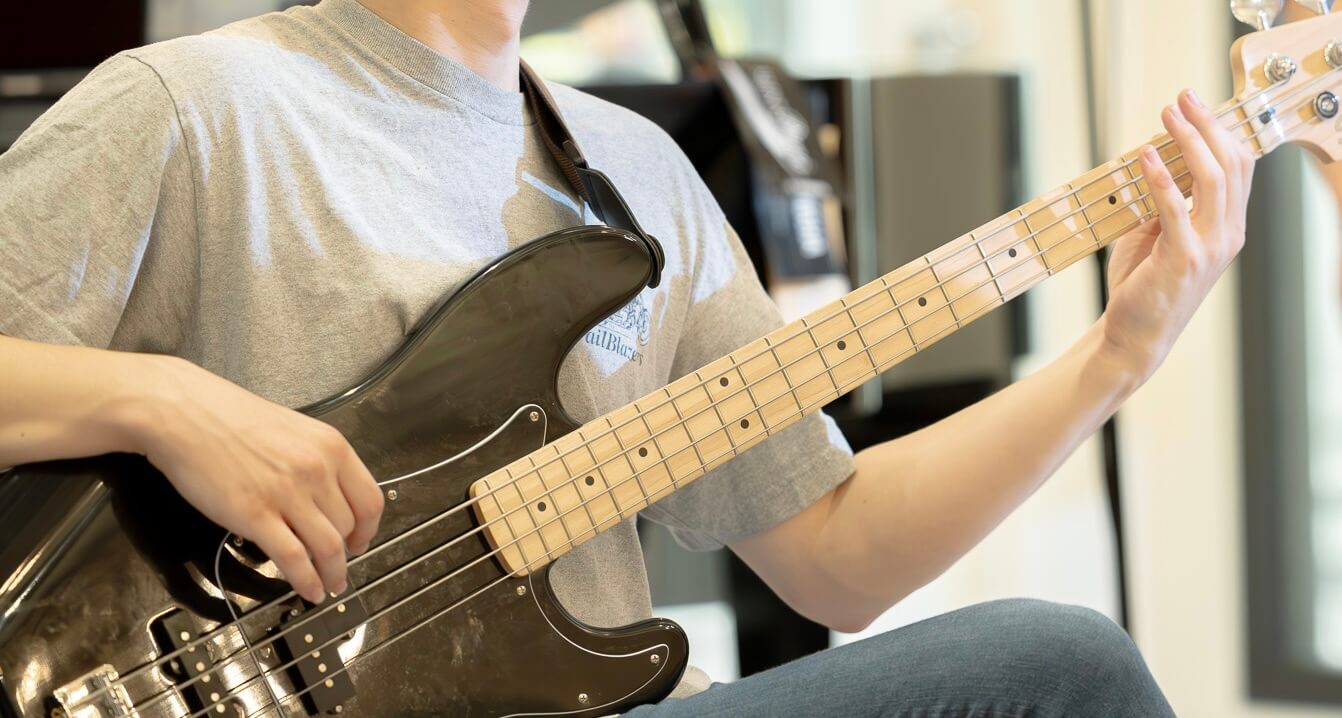Blog
Guitar Finger Exercises to Improve Speed and Dexterity

Whether you’re just starting out or refining your technique, guitar finger exercises are essential for unlocking greater speed, precision, and control. With consistent practice, these targeted drills can dramatically improve your playing, allowing you to navigate the fretboard with confidence and ease.
In this post, we’ll walk through simple yet powerful exercises that help build finger strength and flexibility—perfect for guitarists at any stage.
Why Finger Exercises Matter
Guitar playing isn’t just about memorizing chords and songs—it’s also about training your hands to move efficiently. Finger exercises help:
- Strengthen finger independence
- Improve muscle memory
- Enhance picking accuracy
- Build overall speed and coordination
By isolating technique, you can correct habits that may be slowing you down and lay a strong foundation for more advanced playing.
Warm-Up Before You Work Out
Just like with physical exercise, warming up your fingers before you start playing can prevent strain and improve performance. Here’s a quick warm-up:
Spider Crawl:
- Start on the low E string, first fret, with your index finger.
- Play frets 1-4 with fingers 1-4 (index to pinky).
- Move to the next string and repeat.
- Continue up all six strings, then reverse and come back down.
Move slowly at first, using a metronome if possible. The goal is control and consistency, not speed.
Exercise #1: The 1-2-3-4 Drill
One of the most popular guitar finger exercises, this drill builds strength and dexterity:
- Starting on the low E string, place fingers 1 (index) to 4 (pinky) on frets 1 to 4.
- Play each note cleanly, one at a time.
- Move up to the A string and repeat.
- Continue up the strings, and then move your hand up the fretboard to frets 2–5, 3–6, etc.
Pro Tip: Keep your fingers curved and your thumb relaxed behind the neck.
Exercise #2: Finger Stretch Builder
This exercise increases flexibility and control, especially for the pinky:
- Play fret 5 with your index finger.
- Stretch to fret 7 with your ring finger.
- Then reach fret 8 with your pinky.
- Play slowly and keep your hand relaxed.
Try this across all strings and move up the neck as your reach improves.
Exercise #3: String Skipping Precision
Build control and picking accuracy with this exercise:
- Play fret 5 on the low E string with your index.
- Skip to the D string and play fret 6 with your middle finger.
- Skip to the B string and play fret 7 with your ring finger.
- Skip back and forth, adjusting finger placement and string skipping patterns.
This challenges both your fretting and picking hands simultaneously.
Exercise #4: Hammer-Ons and Pull-Offs
Boost fluidity with these slur-focused movements:
- Play fret 5 on the G string with your index, then hammer-on to fret 7 with your ring finger.
- Then pull-off back to fret 5.
- Repeat several times, then switch to different finger combinations and strings.
This helps develop finger strength and speed without relying on your pick.
How to Practice for Results
- Consistency is key. Just 10–15 minutes a day of focused finger exercises can yield significant improvement.
- Use a metronome. Start slow and increase speed gradually over time.
- Stay relaxed. Tension slows you down and can lead to injury.
- Track your progress. Set small goals—like hitting a clean run at 80 BPM—then level up from there.
Want More Personalized Help?
At Musicians Playground, our guitar instructors specialize in building customized lesson plans around your goals—whether that’s finger speed, soloing, or songwriting. We support adult learners in a creative, inspiring environment designed for growth.
For a full breakdown of our teaching approach and program options, check out our guide: Understanding the Musicians Playground Ecosystem
Final Thoughts
Guitar finger exercises aren’t just warm-ups—they’re powerful tools to help you play cleaner, faster, and with more confidence. Whether you’re aiming to master solos or just want smoother chord transitions, adding these drills to your daily routine can transform your technique.
Ready to take your playing to the next level? Start slow, stay steady, and let your fingers fly.

